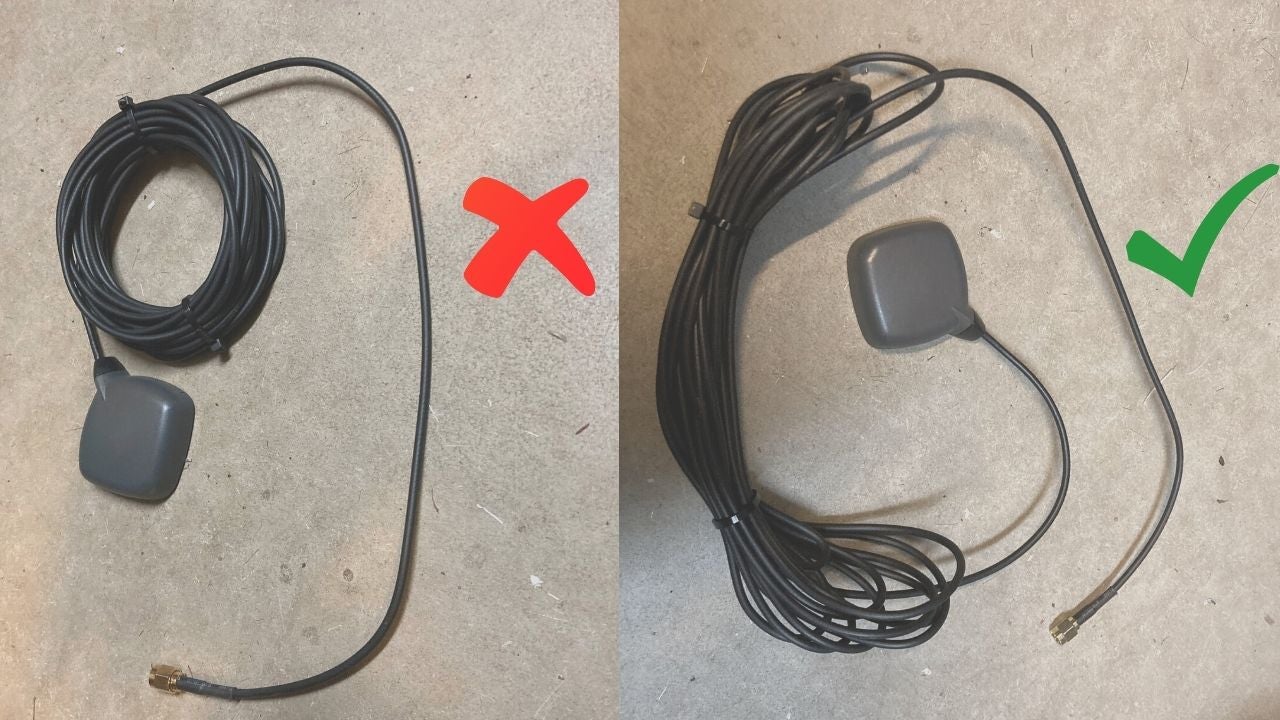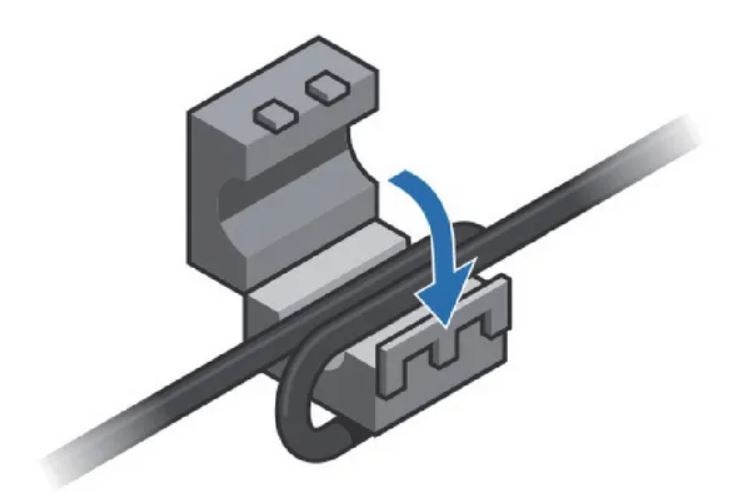How should we prevent electromagnetic interference influencing the monitoring system and the radio?
An uncoiled spool of cable can reach very high temperatures. This is because alternating current flows through the live wire and the unpowered wire. In other words, two coils with opposite fields are created. These fields do not cancel each other out. As a result, heat is generated through the resistance of the cable. It is worth remembering that when connecting heavy equipment to a reel wound electrical cable, it must be fully unwound. This will prevent the cable from melting. A cable wound on a reel poses too much resistance and heats up; in extreme cases, an electrical cable wound on a reel can even catch fire.
In devices where the weak signal is further amplified (a camera, a car kit, a GPS antenna and a radio), the coil acts as an antenna. If the sensor, transducer and/or antenna cable is wound very neatly in a circle and tied or fastened with adhesive tape or cable ties, a ‘perfect’ antenna is created. This can be prevented by winding the cable in a figure eight or distributing it randomly in all directions.

In the past, we have encountered a situation where, on the CL220 GPS navigation system, a neatly wound cable has taken over the antenna function from the actual GPS antenna. Laying the cable crosswise prevents and/or immediately solves this problem.
Cables have been fitted correctly but the interference still occurs? There are two other possible causes. Read about them below.
- Check that the cables are properly earthed and thick enough.
- Check and, if necessary, correct the grounding of the system/device. Often the grounding goes through the chassis. Check that the connection points are clean and contact properly.
- If interference is reaching the device via the power supply, it can be filtered out by means of a filter coil.

Ensure that the power line is looped through the filter coil and the coil is mounted as close as possible to the transmitter.
Do you have questions?
Do you still have questions about preventing electromagnetic interference with your monitoring system or radio? Send an e-mail to knowledgecenter@kramp.com.

